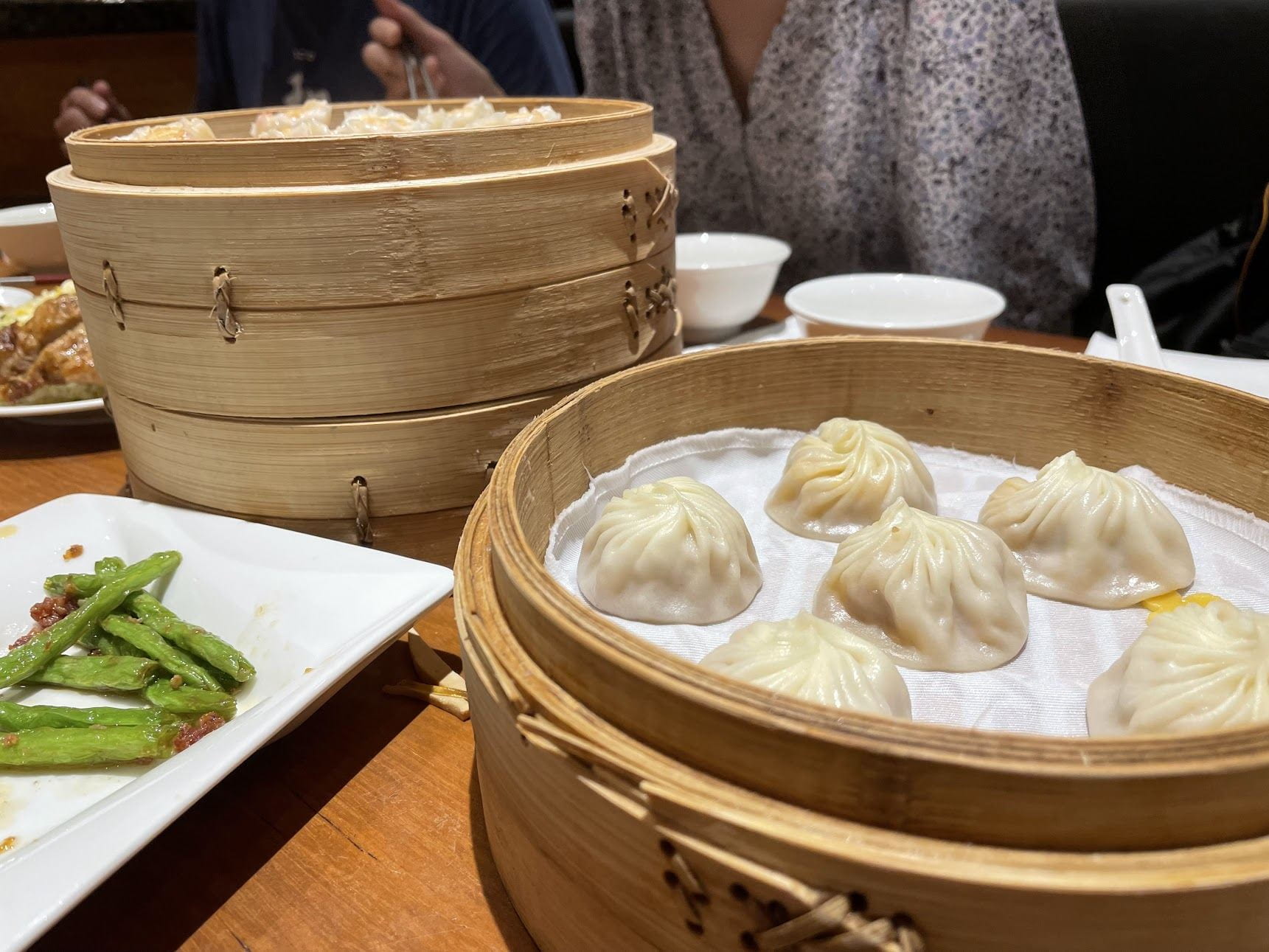Hong Kong Special Administrative Region of China is one of the world’s most prosperous cities. It is a coastal area of 1,106 km2 with a population of 7.41 million (World Bank, 2021). This city has been rated by the Demographia International Housing Affordability report as the most unaffordable housing market in the world for 12 consecutive years.
To cope with the affordable housing challenge, the Government of Hong Kong has adopted mass public housing programs as key solutions since the 1950s. As of 2020, public housing represents 43.3 percent of the total housing stock. And 45 percent of the Hong Kong population live in public housing (Census and Statistics Department of Hong Kong, 2021).
Notably, there are two types of public housing, including public rental housing and subsidized sale flats. Public rental housing refers to housing estates that are built for and then rent to low-income residents at a price lower than the market rate. Subsidized sale flats consist of flats sold at a discounted price to middle-income households. Both types of public housing have specific eligibility criteria (e.g., limits on age, residence status, income level, ownership of any domestic property, total years of living in Hong Kong) and application processes that are set and managed by two entities in Hong Kong – the Hong Kong Housing Authority and the Hong Kong Housing Society.
Public housing features tall towers with many compact flat units while subsidized sale flats could be less dense compared to public rental housing. For public rental housing units, nearly half of them have a flat size of 30-39.9 m2, 16.5 percent have a flat size larger than 40 m2, and more than one-third have a flat size smaller than 30 m2. The average monthly rent ranges from HK$66/m2 to HK$83/m2 (around US$8-11/m2), depending on the location of the public rental housing estate. As a comparison, the average monthly rent of a private housing unit is estimated at HK$261-401/m2 (around US$34-52/m2) (Census and Statistics Department of Hong Kong, 2021a).
Over the decades of development of public housing in Hong Kong, there have been multiple block designs for public housing, such as slab blocks, harmony blocks, and “H” shape resettlement blocks. The Housing Authority nowadays further emphasizes the integration of green concepts and site-specific considerations into their design features. Some unique designs of public housing have even made them must-check places for photo taking in Hong Kong, such as Choi Hung Estate, which is pained in a striking rainbow palette, and Oi Man Estate, which has a quadrangular arrangement. In more recent decades, the construction of public housing estates also includes children’s playgrounds, car parks, and a shopping center (see the pictures from Tak Long Estate in the Kai Tak Development area below) that make things more convenient for residents.

Nevertheless, we do observe two concerns about these public housing estates. One is that low-income groups living in the public housing estates stay in their community which might not be good for social cohesion. Another way to supply public housing units is to integrate public housing units with market-price housing units in the same building blocks. Such mix-income housing is designed to eliminate concentrated poverty in certain neighborhoods and against residential segregation. Second is that there used to be scandals about the living conditions in public housing estates, such as the contamination of potable water in Kai Chin Estate in 2015. These point to due considerations, such as social cohesion factors and safe drinking water, that the Government should take into account when designing and managing public housing.
References
Census and Statistics Department of Hong Kong. 2021. Housing in Figures 2021a. https://www.thb.gov.hk/eng/psp/publications/housing/HIF2021.pdf (Accessed Sept. 10, 2021).
Urban Reform Institute and the Frontier Centre for Public Policy. 2022. Demographia International Housing Affordability 2022 Edition. http://www.demographia.com/dhi.pdf (Accessed Aug. 10, 2022).
World Bank, 2021. Country Profile of Hong Kong SAR, China. https://data.worldbank.org/country/HK (Accessed Aug. 10, 2022).
Jingwen Zheng, Ph.D. in Public Policy Program 2024
Sigur Center 2022 Asian Field Research Fellow
Hong Kong SAR, China















